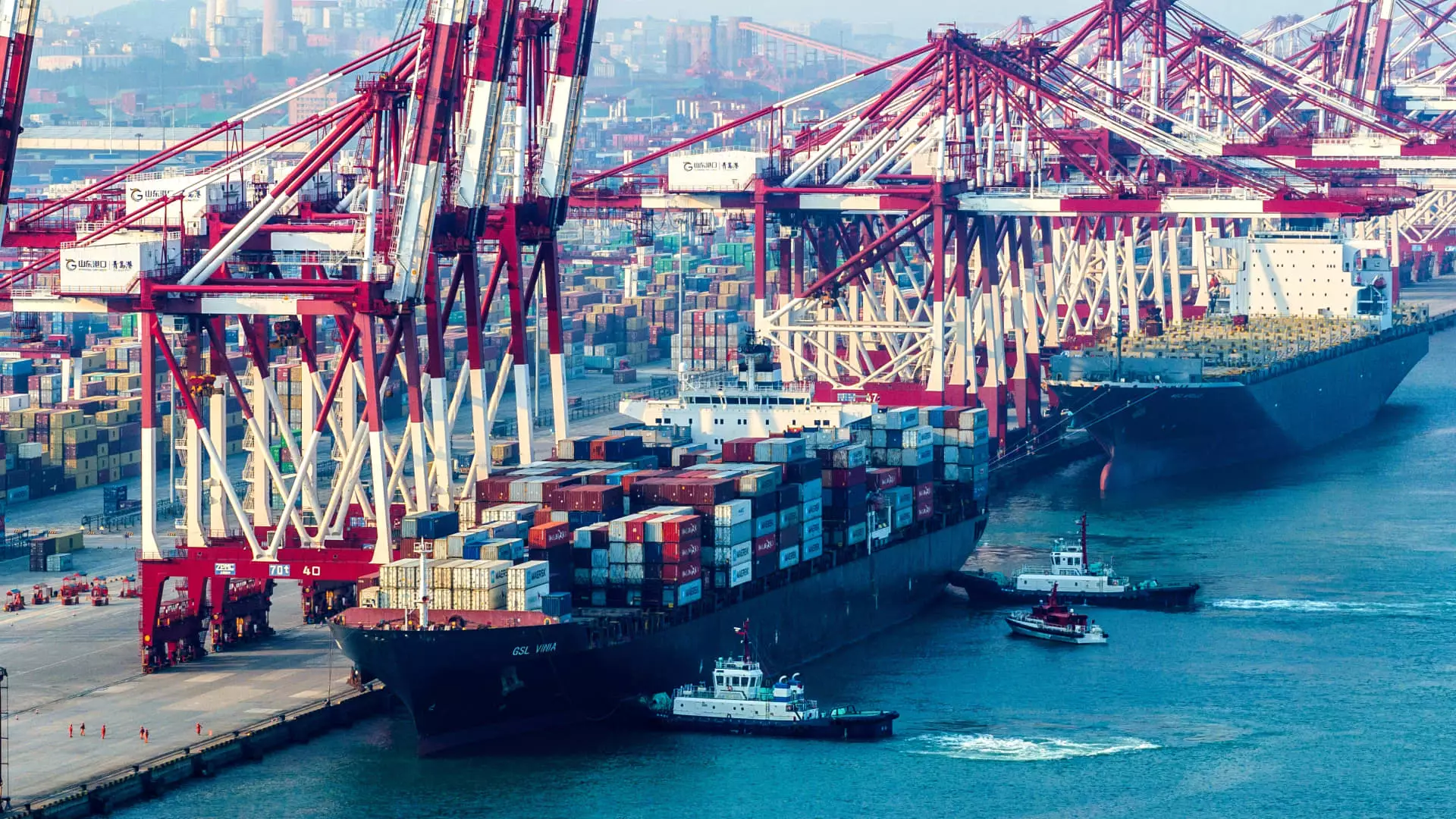China’s imports in June took a surprising hit, falling by 2.3% in U.S. dollar terms compared to the previous year. This unexpected decline deviated from the forecasted 2.8% growth, indicating a potential slowdown in the demand for foreign goods within the country. The sluggish performance of imports could be a sign of weakening domestic consumption or a shift towards a more self-sufficient economic model.
On the other hand, China’s exports in June outperformed expectations, increasing by 8.6% year on year in U.S. dollar terms. This growth surpassed the projected 8% increase, suggesting a resilient global demand for Chinese products despite ongoing trade tensions. The positive export figures may help boost the country’s overall trade balance and contribute to its economic stability.
China’s trade with the Association of Southeast Asian Nations (ASEAN) saw a significant uptick in the first half of the year, with a 7.1% increase in trading volume. This growth solidified ASEAN’s position as China’s largest trading partner by region, highlighting the importance of regional economic partnerships for Chinese businesses. In contrast, trade with the European Union (EU) declined, signaling potential challenges in the transatlantic trade relationship.
The trade dynamics between China and the United States reflected a mixed picture, with imports from the U.S. dropping by 4.9% while exports rose by 1.5% in the first half of the year. This uneven performance could be a result of trade tensions and tariff changes between the two economic giants. Conversely, trade with Brazil experienced rapid growth, with Chinese exports soaring by 24.4% and imports increasing by 8.3% year on year, indicating potential opportunities for bilateral trade expansion.
China’s import data revealed interesting trends in the types of goods being purchased. While imports of rare earths, meat, cosmetics products, and machine tools declined, there was a notable increase in imports of iron ore and oil. This shift in import preferences could be influenced by strategic considerations related to national security and resource diversification, reflecting China’s efforts to ensure stable supplies of essential commodities.
Despite challenges in the import sector, China’s exports saw growth in key product categories such as furniture, home appliances, ships, and cars. Notably, exports of rare earths decreased in value but increased in volume, indicating shifts in market demand for these critical minerals. China’s export of cars also demonstrated strong performance, with a volume increase of 18% compared to the previous year, showcasing the country’s competitiveness in the global automotive sector.
The trade data highlighted a robust performance in China’s export sector, offsetting the decline in imports and contributing to the country’s trade balance. However, challenges remain, especially in the face of fluctuating global demand and trade relations. As China’s National Bureau of Statistics prepares to release second-quarter GDP figures, the economic indicators from June will provide crucial insights into the country’s economic trajectory and its impact on the broader global economy.

